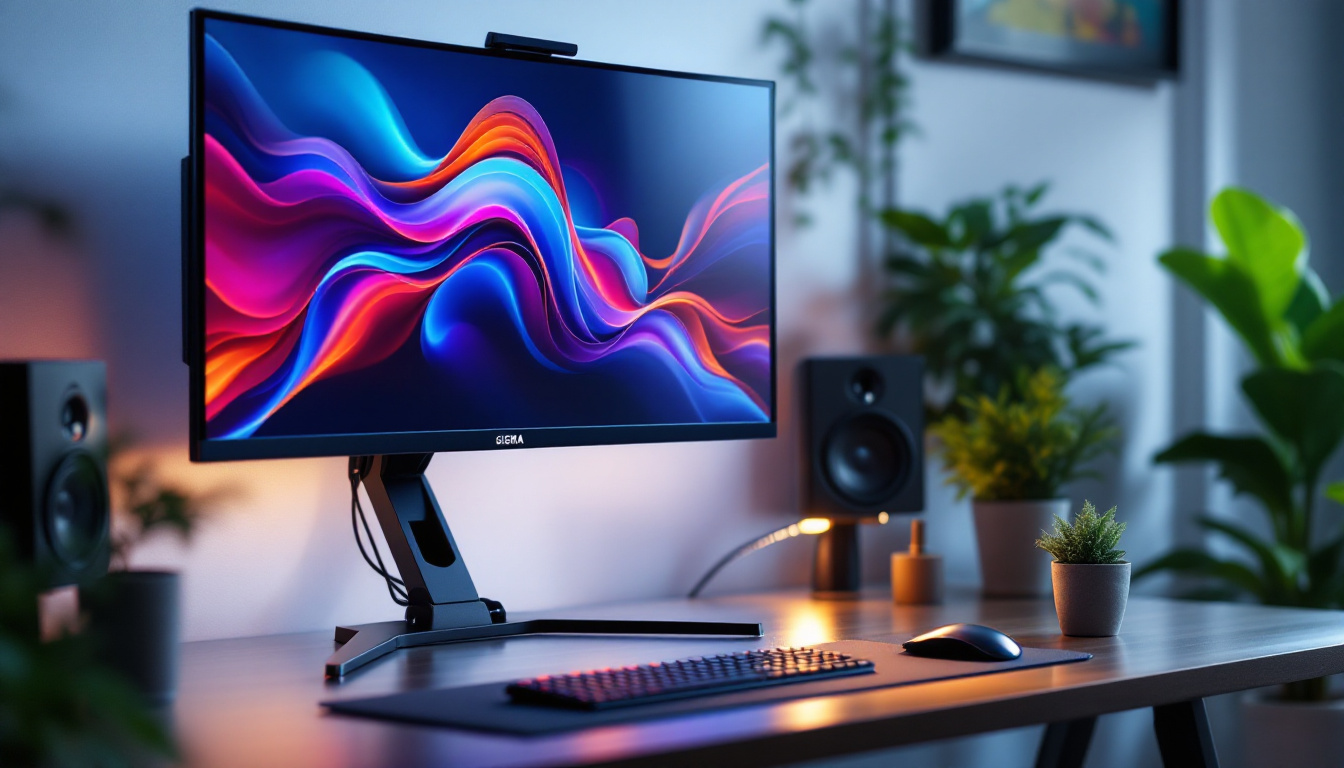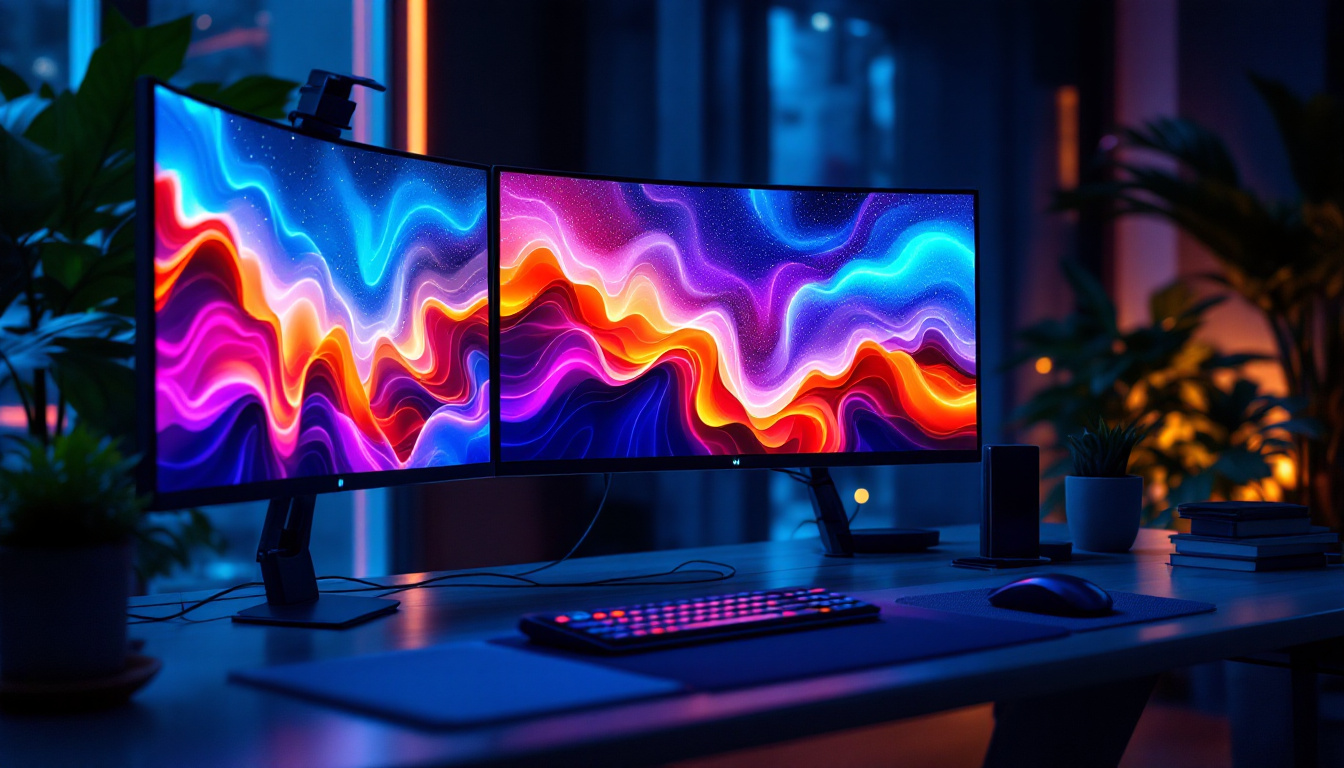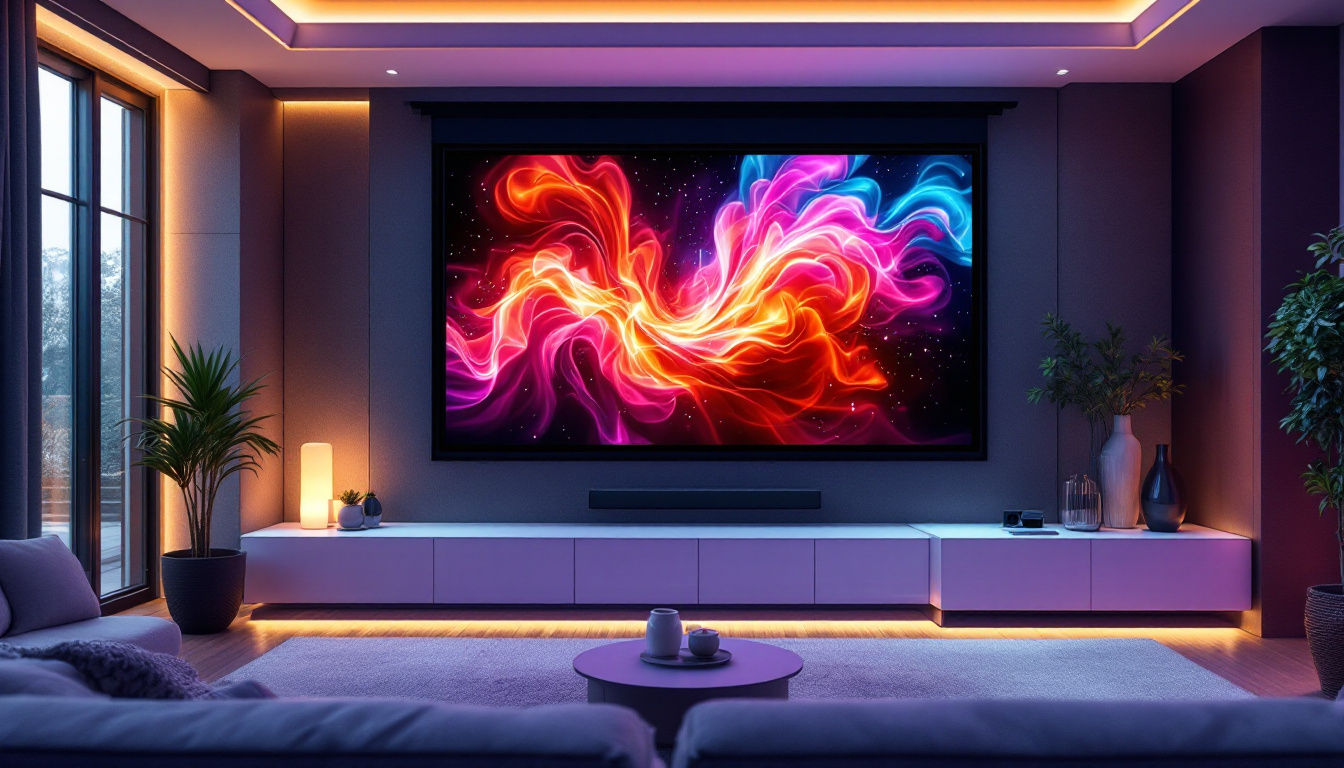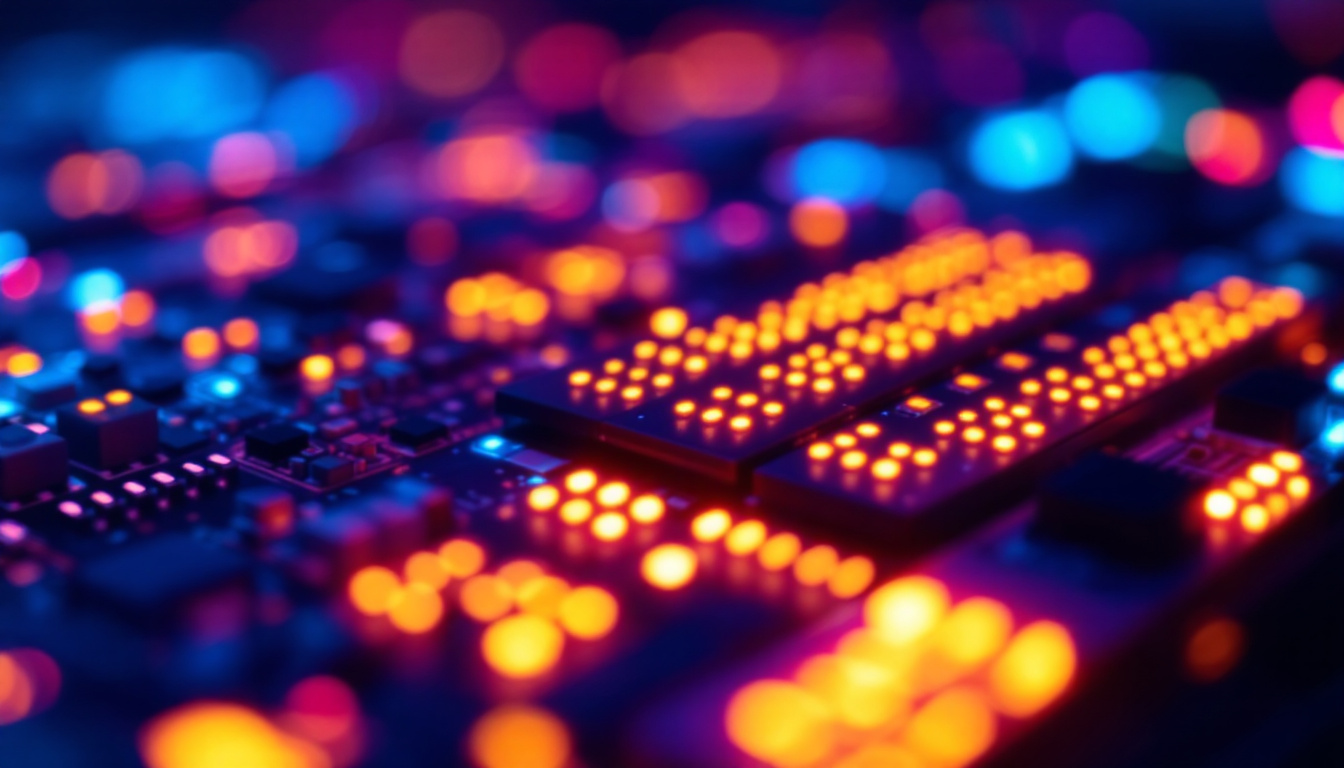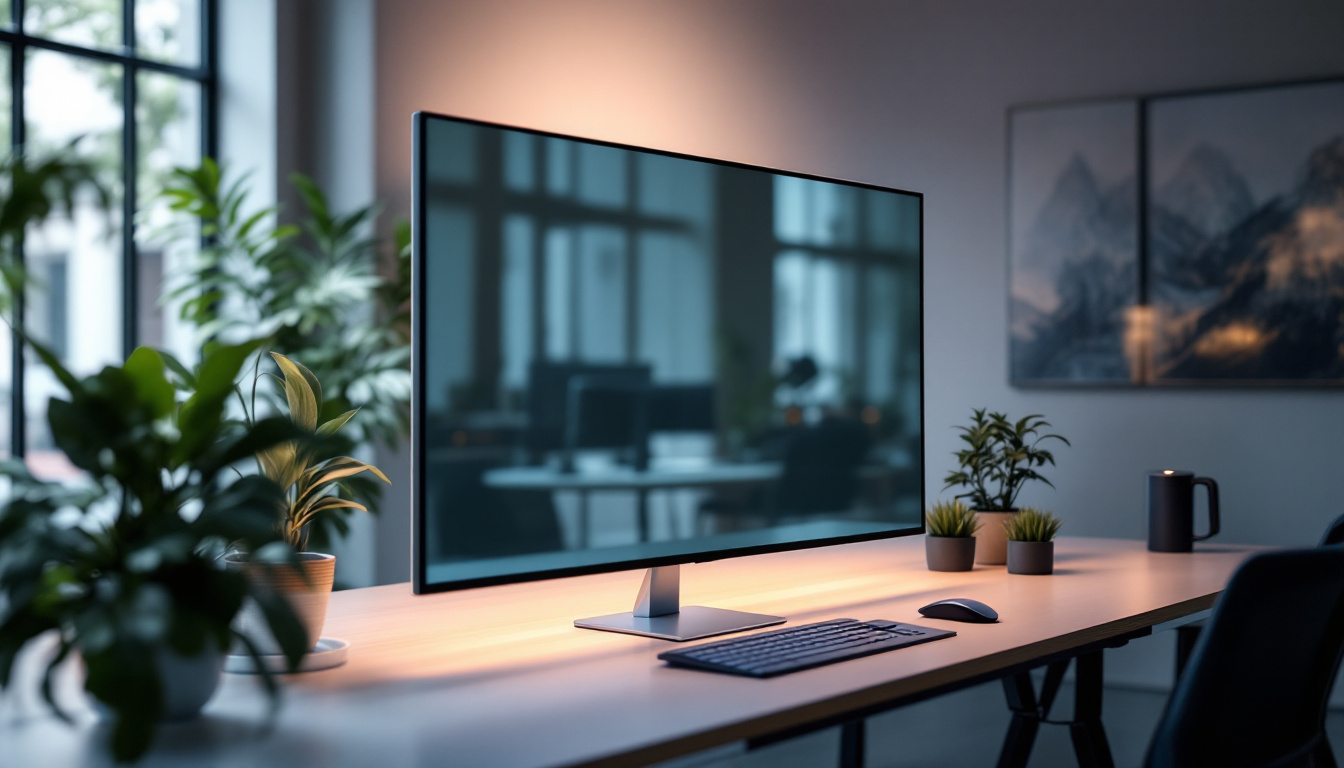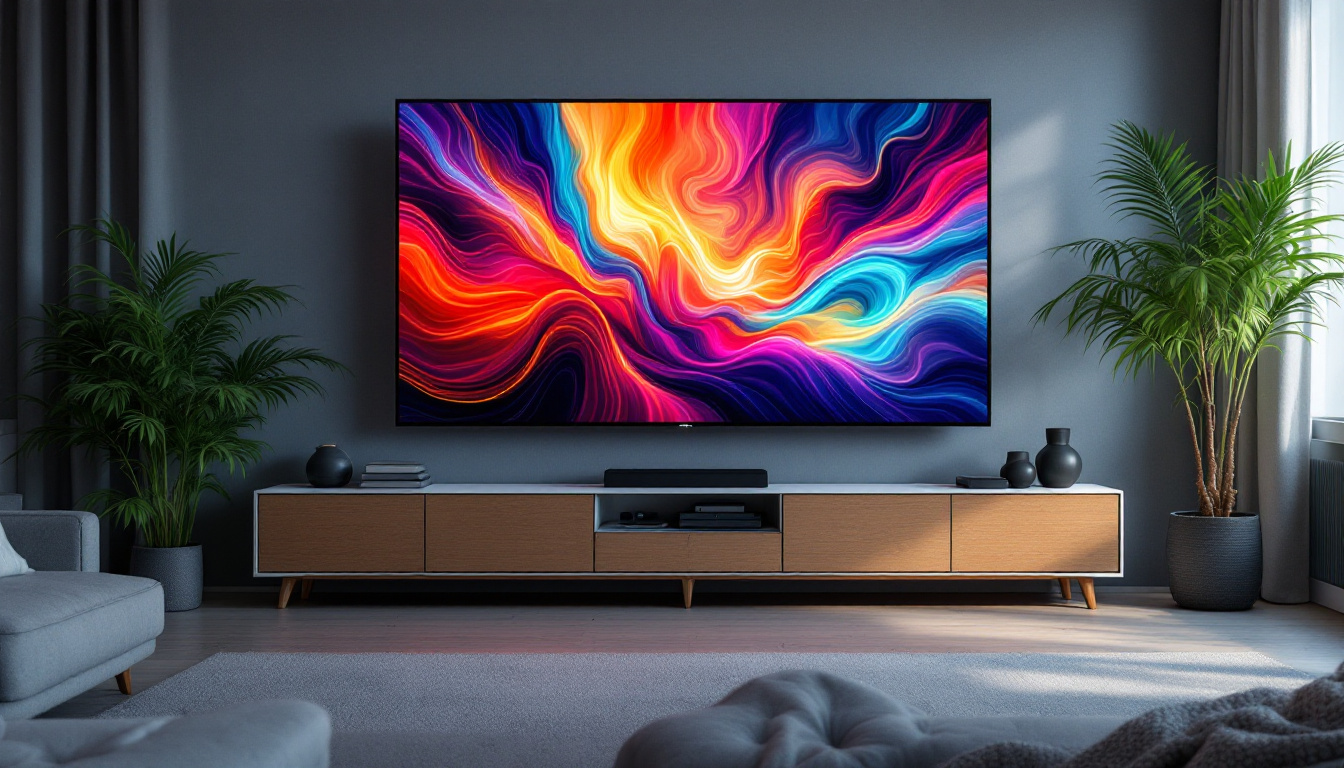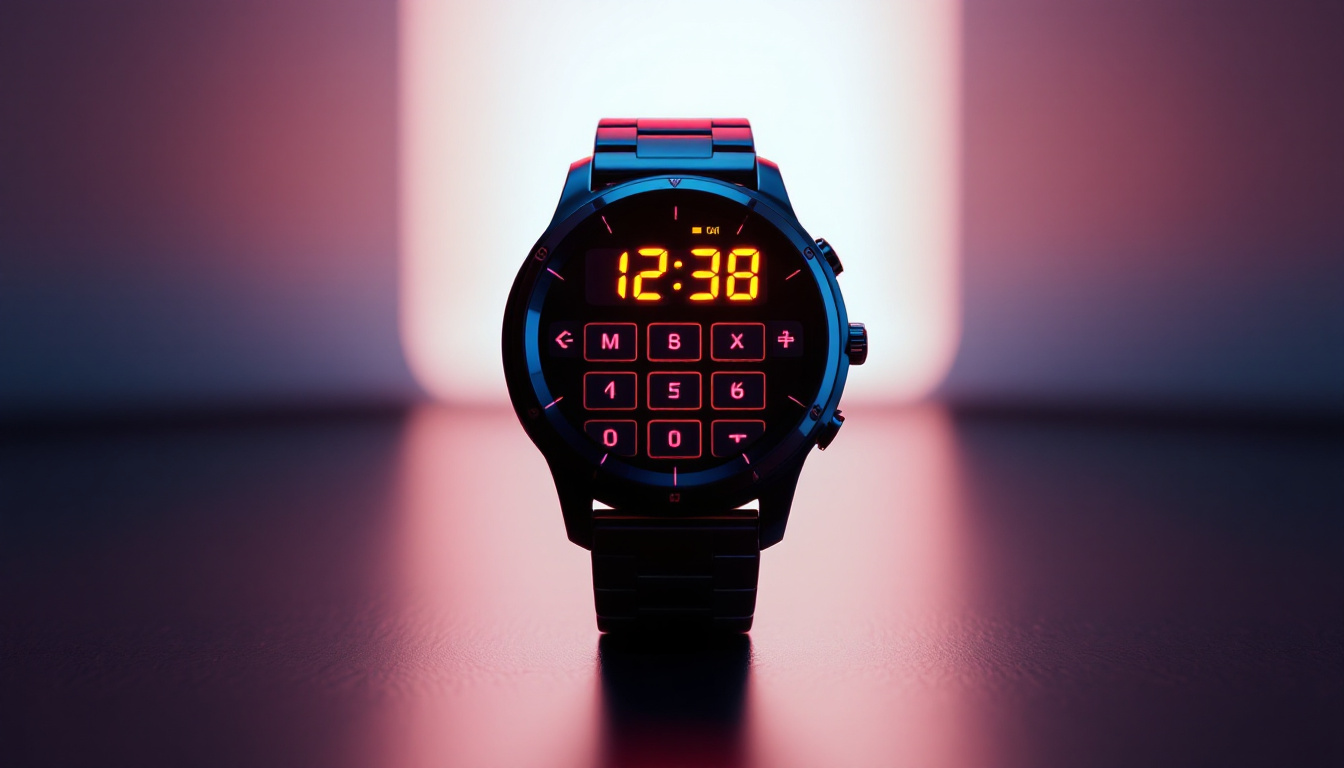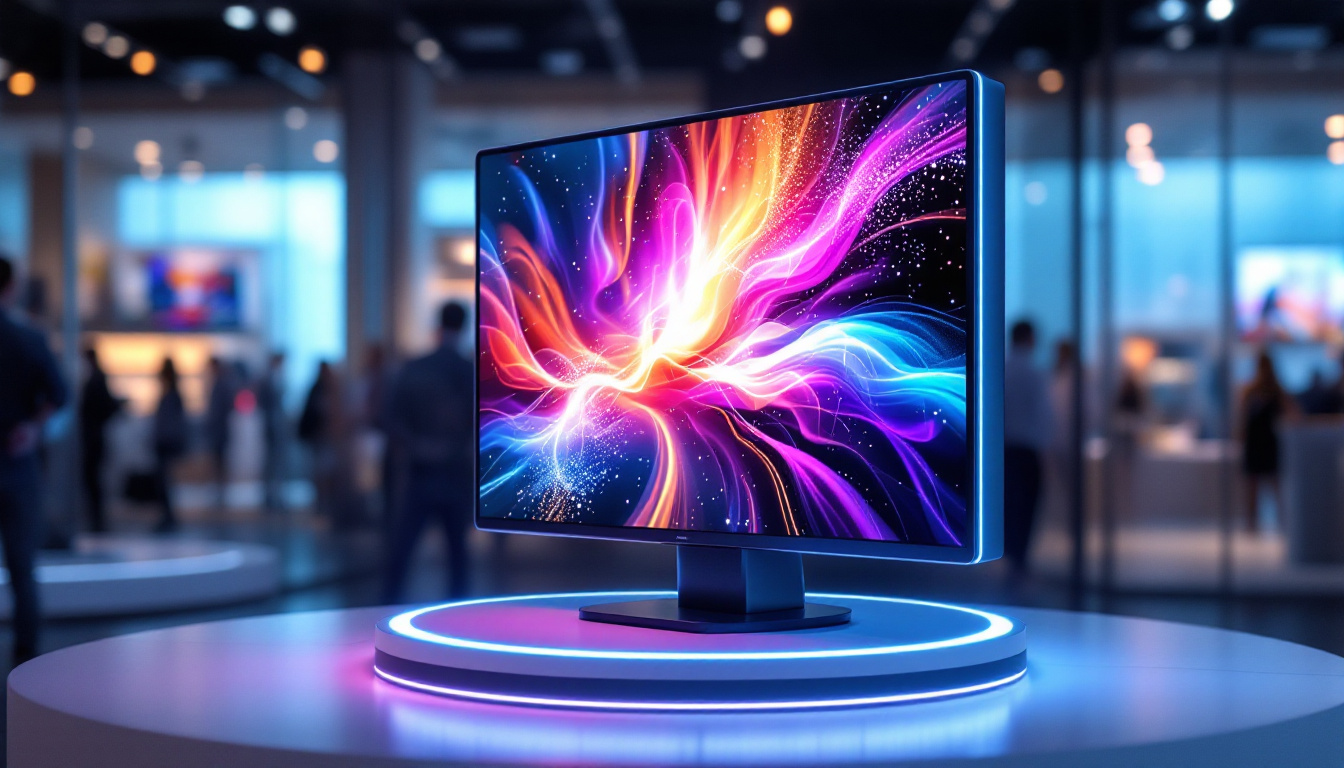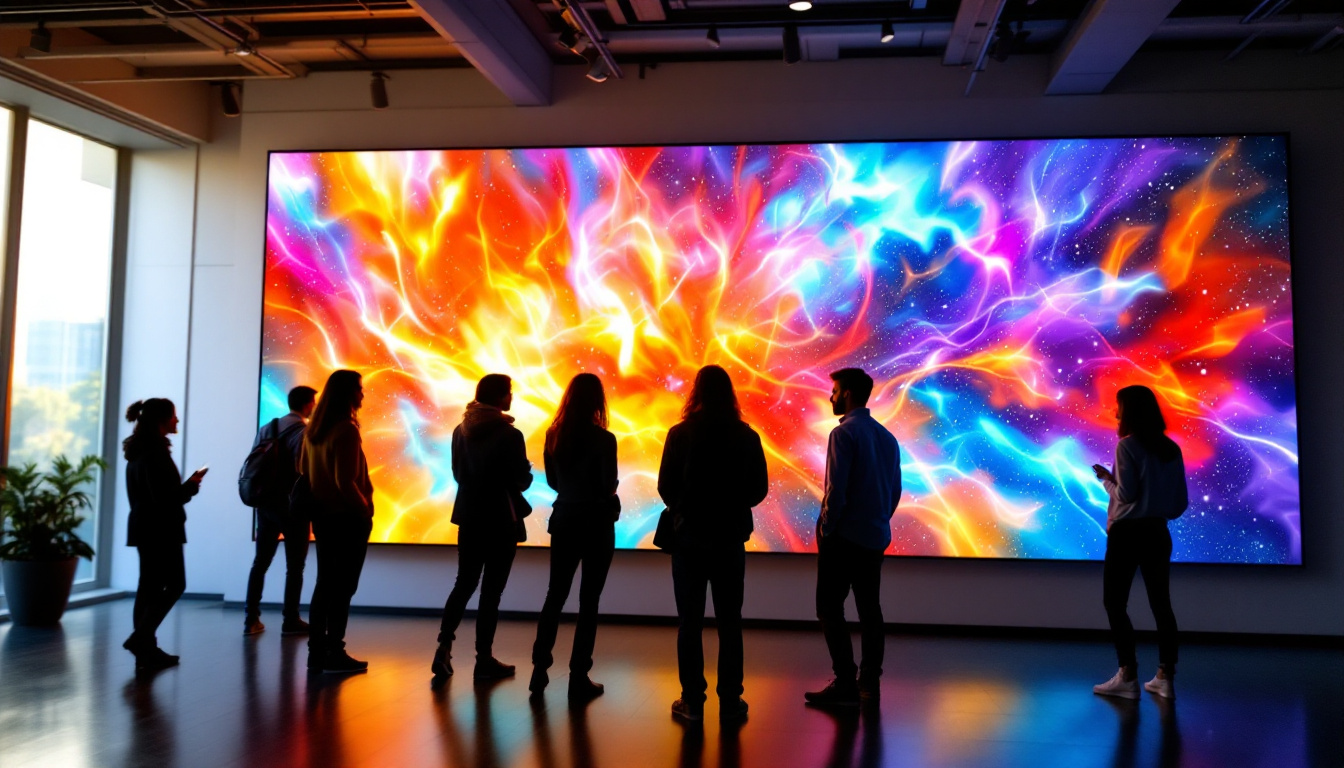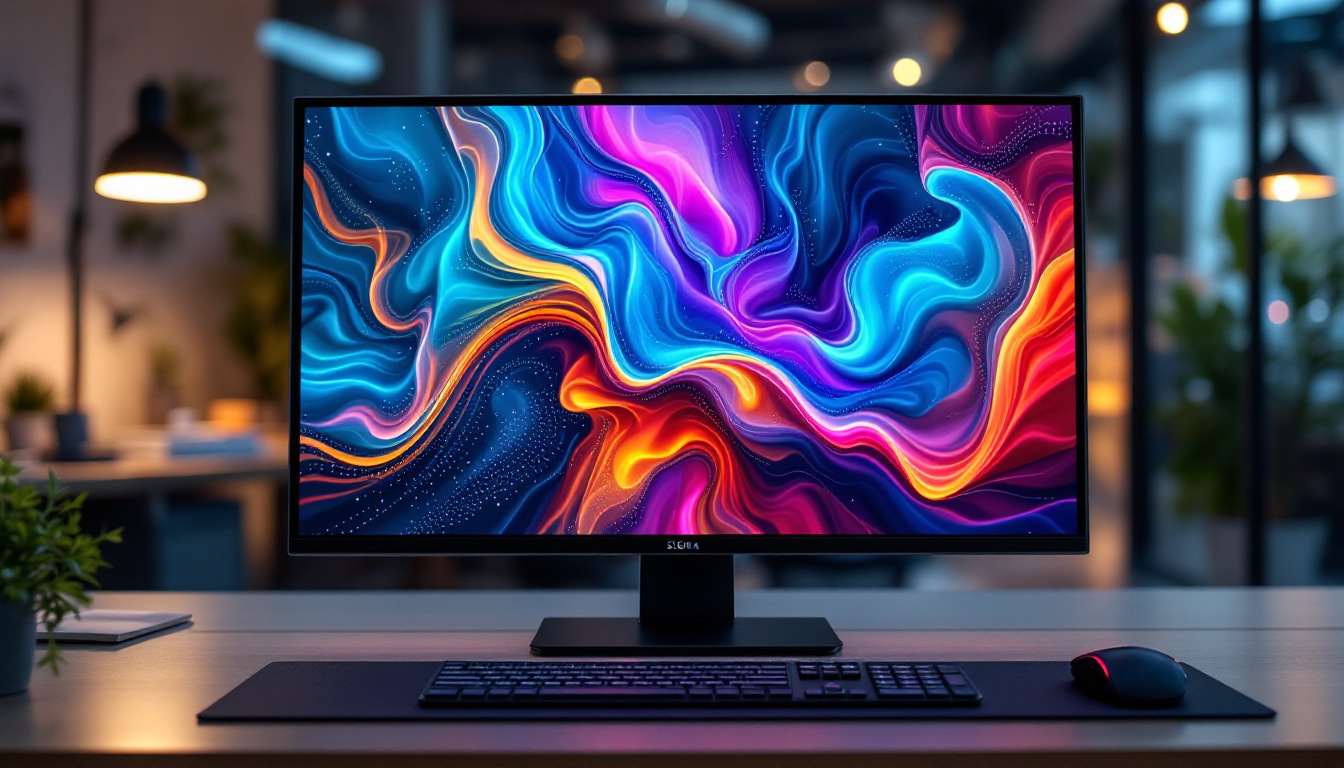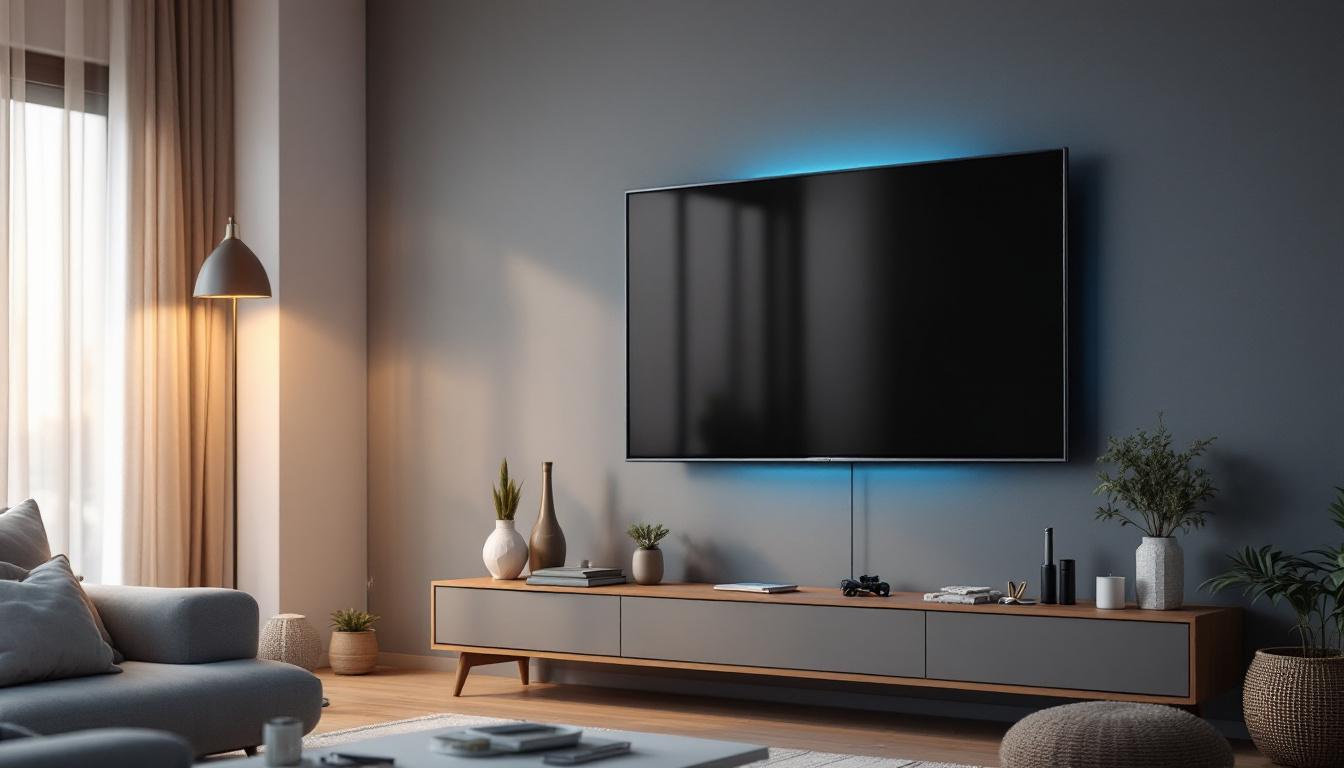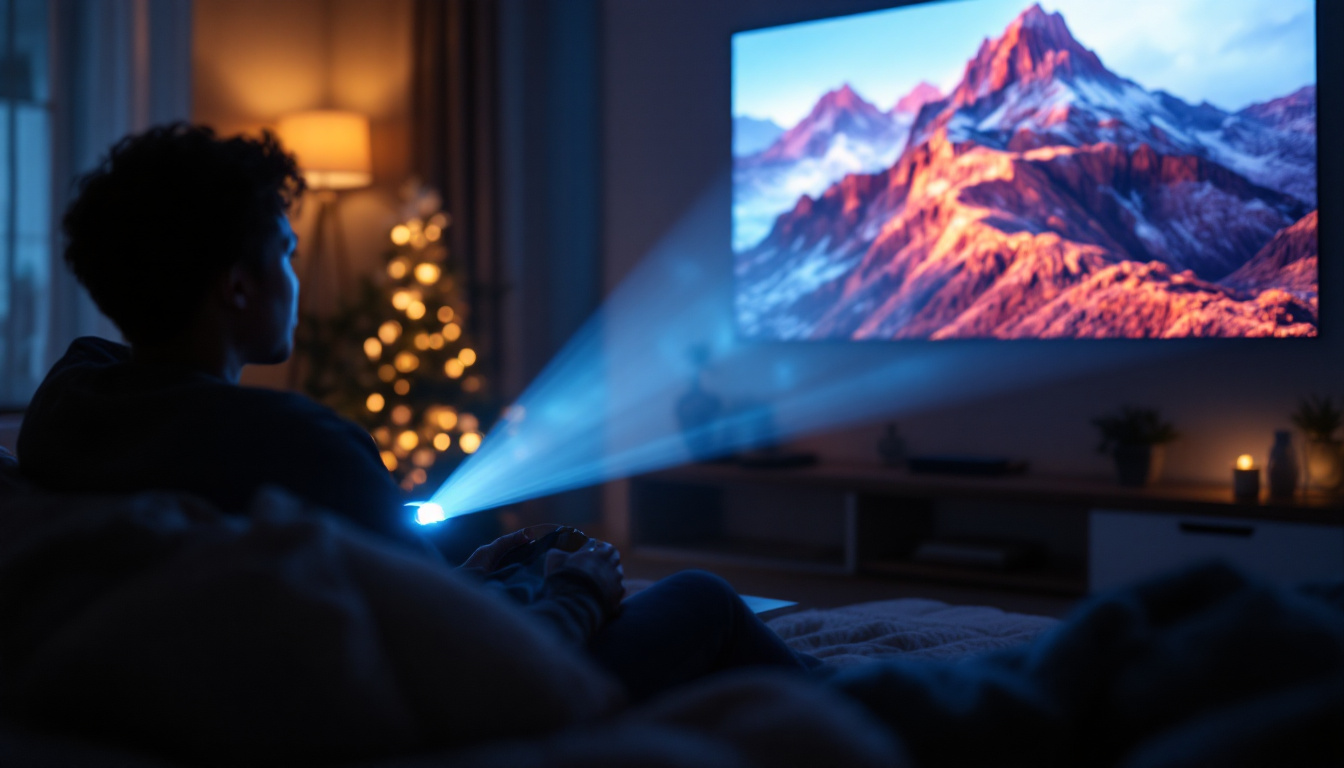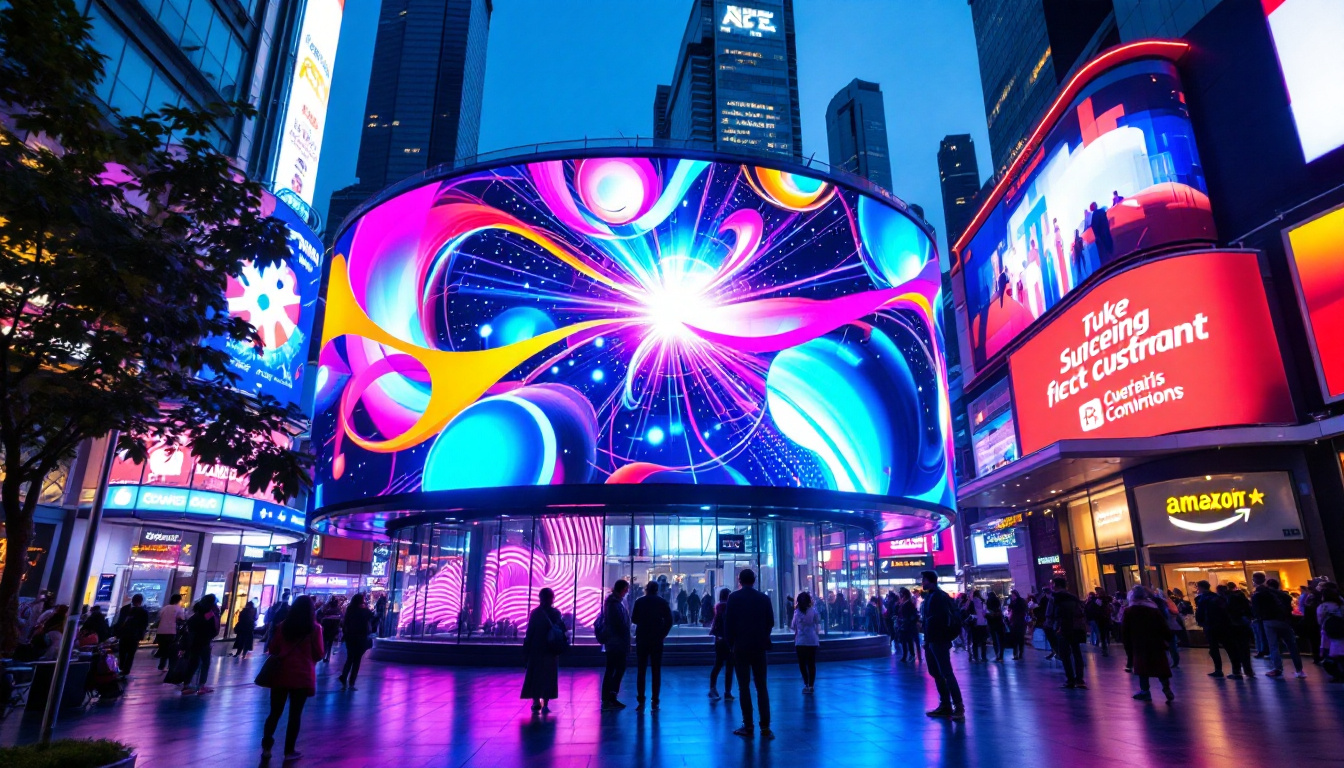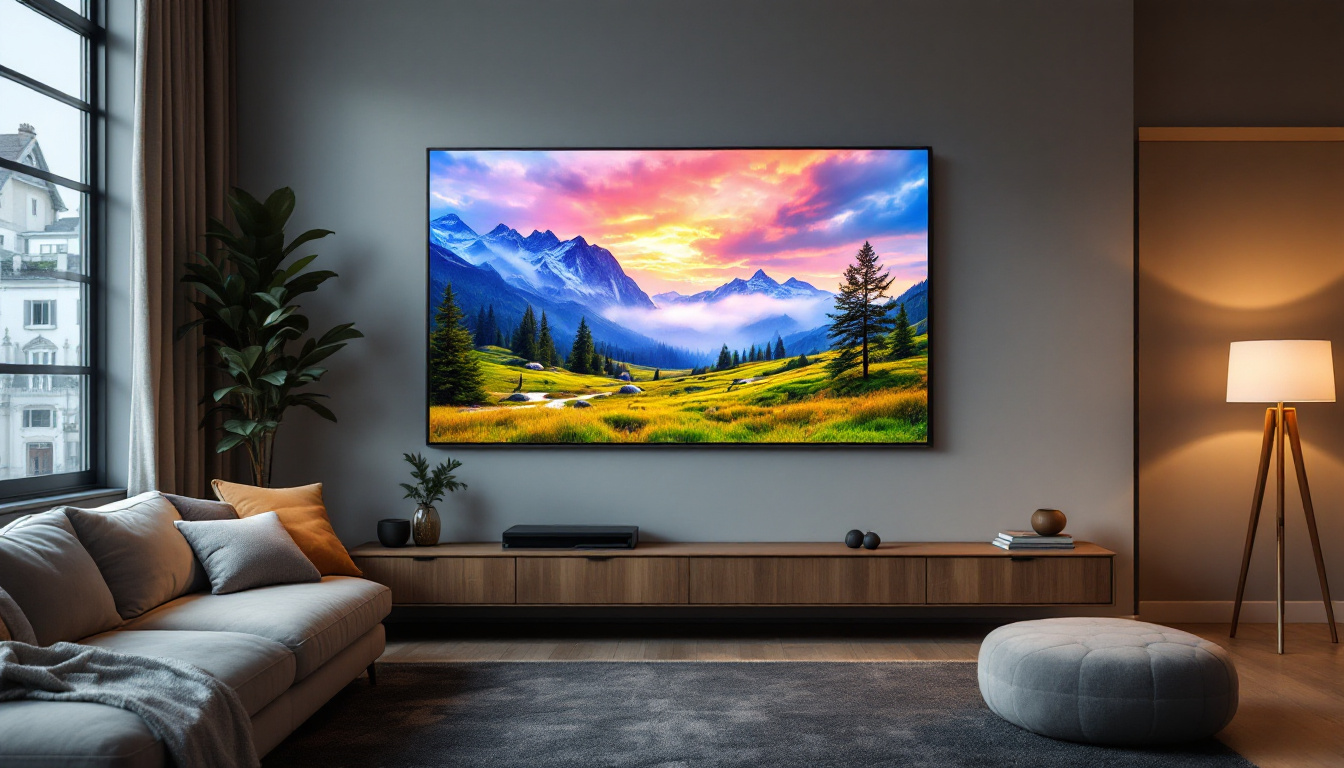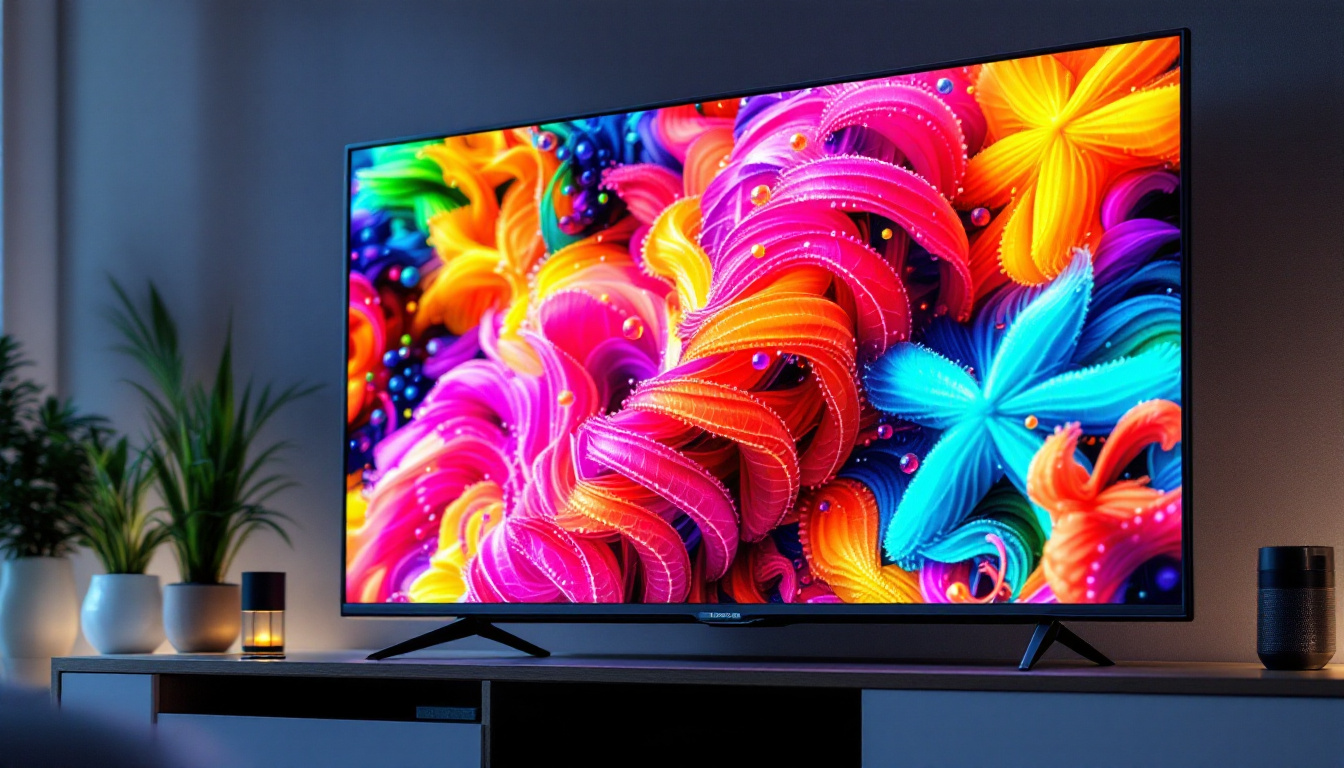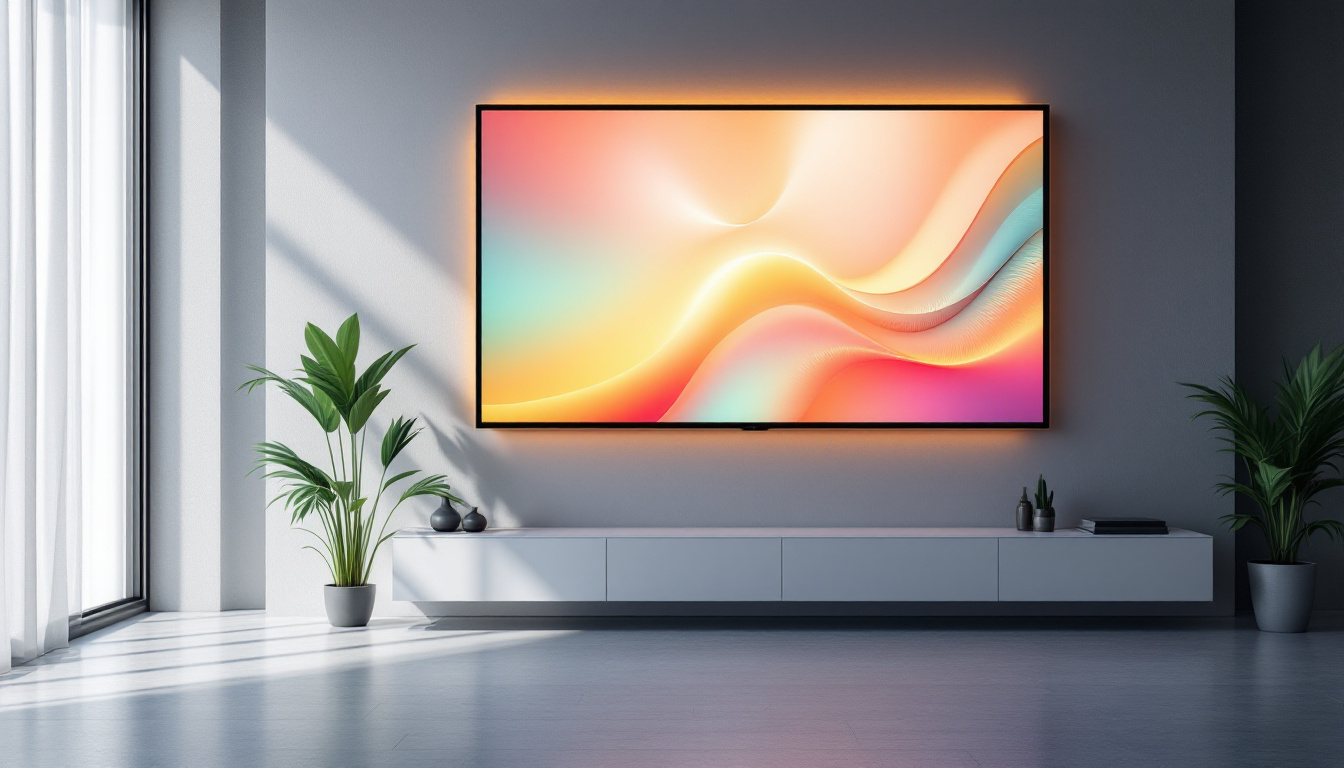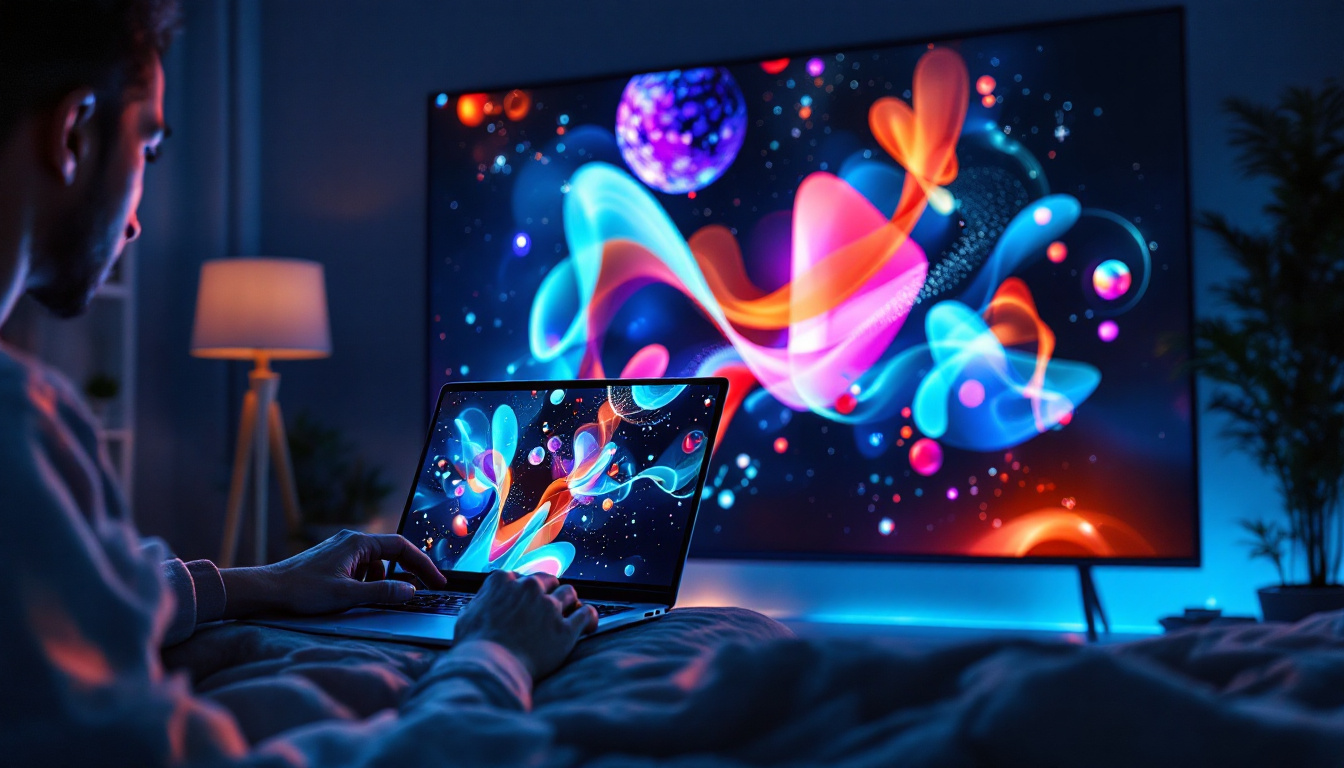In today’s digital age, the importance of a well-organized workspace cannot be overstated. As more individuals transition to remote work and hybrid models, the demand for efficient and ergonomic desktop setups has surged. One critical component of this setup is the desktop screen stand, particularly for LED displays. This article delves into the various aspects of desktop screen stands, focusing on their role in enhancing the user experience with LED displays.
The Importance of Desktop Screen Stands
Desktop screen stands are not merely accessories; they play a pivotal role in creating a comfortable and productive work environment. By elevating the monitor to eye level, these stands help reduce neck strain and promote better posture. This is especially crucial for individuals who spend long hours in front of their screens.
Ergonomics and Comfort
Ergonomics is the science of designing the workspace to fit the user’s needs. A well-positioned monitor can significantly improve comfort levels. When the screen is at eye level, it minimizes the need to tilt the head or strain the neck. This simple adjustment can lead to increased productivity and reduced fatigue over time.
Moreover, many desktop screen stands come with adjustable heights, allowing users to customize their viewing experience. This adaptability is particularly beneficial in shared spaces, where multiple users may have different preferences. Some stands even incorporate features like tilt and swivel capabilities, enabling users to adjust their screens not just vertically but also horizontally, enhancing visibility and reducing glare from overhead lighting.
Space Optimization
In addition to promoting comfort, desktop screen stands can help optimize workspace. Many models feature built-in storage options, allowing users to keep essential items within reach while freeing up desk space. This organization can lead to a more efficient workflow, as it minimizes distractions and clutter.
Furthermore, some stands are designed to accommodate multiple screens, which is ideal for professionals who require extensive screen real estate for tasks like coding, graphic design, or data analysis. By stacking monitors vertically or positioning them side by side, users can create a more immersive and efficient workspace. This multi-monitor setup not only enhances productivity by allowing users to view multiple applications simultaneously but also fosters a more dynamic and engaging work environment. Additionally, with the rise of remote work, investing in a quality desktop screen stand can transform a makeshift home office into a more professional and organized space, ultimately contributing to better work-life balance.
Types of Desktop Screen Stands
There is a wide variety of desktop screen stands available on the market, each designed to cater to different needs and preferences. Understanding the various types can help users make informed decisions based on their specific requirements.
Fixed Stands
Fixed stands are the most basic type of desktop screen stands. They provide a stable platform for the monitor at a predetermined height. While they are often the most affordable option, they lack adjustability. This makes them suitable for users who have a consistent setup and do not require frequent adjustments.
Fixed stands are typically made from sturdy materials such as metal or plastic, ensuring durability. However, their lack of flexibility can be a drawback for those who share workspaces or frequently change their seating arrangements. Additionally, fixed stands can sometimes lead to neck strain if the monitor is not positioned at eye level, emphasizing the importance of considering ergonomic factors when choosing a stand.
Adjustable Stands
Adjustable stands offer a versatile solution for users who prioritize ergonomics. These stands allow for height adjustments, tilt angles, and even rotation in some cases. This adaptability ensures that users can find the most comfortable viewing position, which is essential for long hours of work.
Many adjustable stands are designed with gas-spring technology, making it easy to change the height with minimal effort. This feature is particularly beneficial for users who alternate between sitting and standing while working, promoting a healthier work routine. Furthermore, some adjustable stands also incorporate built-in features such as USB ports or storage compartments, adding functionality that can enhance productivity and organization in the workspace.
Mountable Stands
For those looking to save desk space, mountable stands are an excellent option. These stands can be attached to the wall or a desk, allowing the monitor to float above the work surface. This not only frees up valuable desk space but also provides a sleek and modern aesthetic.
Mountable stands are particularly popular in minimalist setups or small offices where space is at a premium. They often come with cable management features, helping to keep wires organized and out of sight, further enhancing the clean look of the workspace. Additionally, many mountable stands offer the flexibility to position multiple monitors side by side or in a stacked configuration, making them ideal for professionals who require extensive screen real estate for multitasking or detailed projects. This capability can significantly improve workflow and efficiency, allowing users to keep all necessary applications visible at once without cluttering their desk surfaces.
Key Features to Consider
When selecting a desktop screen stand, several key features should be taken into account to ensure that the chosen model meets the user’s needs effectively.
Weight Capacity
One of the most critical factors to consider is the weight capacity of the stand. Different monitors have different weights, and it’s essential to choose a stand that can support the specific model being used. Overloading a stand can lead to instability and potential damage to both the monitor and the stand itself.
Most manufacturers provide weight specifications for their stands, allowing users to make informed choices. It’s advisable to err on the side of caution and select a stand with a higher weight capacity than necessary to ensure stability and longevity. Additionally, it’s worth noting that some stands are designed to accommodate multiple monitors, which can be particularly beneficial for users who require extensive screen real estate for multitasking or gaming. These multi-monitor stands often come with enhanced stability features to support the combined weight of several screens.
Material and Build Quality
The material and build quality of a desktop screen stand significantly influence its durability and stability. Common materials include metal, plastic, and wood. Metal stands tend to offer superior stability and longevity, while plastic options may be lighter and more affordable.
Wooden stands can provide a unique aesthetic appeal, often blending well with home office environments. However, they may not always offer the same level of adjustability and stability as their metal counterparts. Evaluating the material against personal preferences and usage scenarios is crucial. For instance, if a user frequently relocates their workspace, a lightweight plastic stand may be more practical, whereas a more permanent setup might benefit from the sturdiness of a metal or wooden stand. Furthermore, the finish of the material can also impact maintenance; some finishes are more resistant to scratches and stains, making them easier to keep clean over time.
Adjustability Features
As previously mentioned, adjustability is a vital feature for many users. When considering an adjustable stand, it’s essential to look for features such as height adjustment, tilt, and swivel capabilities. These features enhance the overall user experience by allowing for a customized setup.
Some stands also offer integrated cable management systems, which can help keep cords organized and reduce clutter. This can contribute to a more streamlined and professional-looking workspace, which is particularly important in shared or client-facing environments. Additionally, some advanced models come equipped with gas lift mechanisms that allow for smooth and effortless height adjustments, making them ideal for users who frequently switch between sitting and standing positions. This ergonomic feature not only promotes comfort but can also lead to improved productivity and reduced strain during long work sessions. Moreover, the ability to easily adjust the angle and position of the monitor can help reduce glare and improve visibility, further enhancing the overall user experience.
Benefits of Using LED Displays with Desktop Stands
LED displays have become increasingly popular due to their vibrant colors, energy efficiency, and slim profiles. When paired with a desktop screen stand, these displays can offer numerous benefits that enhance the overall user experience.
Improved Visual Clarity
One of the standout features of LED displays is their superior visual clarity. The combination of high contrast ratios and vibrant colors makes them ideal for tasks that require precise color representation, such as graphic design and video editing. When positioned correctly using a desktop screen stand, users can take full advantage of these visual benefits.
By elevating the monitor to eye level, users can minimize glare and reflections, which can often distort the viewing experience. This is particularly important in brightly lit environments where natural light can interfere with screen visibility.
Energy Efficiency
LED displays are known for their energy efficiency compared to traditional LCDs. This not only translates to lower electricity bills but also contributes to a more sustainable workspace. When combined with a desktop screen stand, users can create an eco-friendly setup that minimizes energy consumption while maximizing productivity.
Additionally, many modern LED displays come with features that allow users to adjust brightness and contrast settings, further enhancing energy efficiency. This adaptability can lead to a more comfortable viewing experience, reducing eye strain during extended use.
Enhanced Aesthetics
The sleek design of LED displays, when paired with a stylish desktop screen stand, can significantly enhance the overall aesthetics of a workspace. Many stands are designed to complement modern decor, offering a clean and professional appearance.
For individuals who value the visual appeal of their workspace, investing in a quality desktop screen stand can be a worthwhile endeavor. A well-organized and visually pleasing environment can contribute to increased motivation and productivity.
Conclusion
In conclusion, desktop screen stands play a crucial role in optimizing the user experience with LED displays. From promoting ergonomic comfort to enhancing workspace aesthetics, the right stand can make a significant difference in productivity and overall well-being.
When selecting a desktop screen stand, it is essential to consider factors such as type, weight capacity, material, and adjustability features. By making an informed choice, users can create a workspace that not only meets their functional needs but also aligns with their personal style and preferences.
As technology continues to evolve, the importance of a well-designed workspace will only grow. Investing in a quality desktop screen stand is a step towards fostering a more efficient, comfortable, and visually appealing work environment.
Discover the Perfect LED Display Solution with LumenMatrix
Ready to elevate your workspace and enhance your visual experience? LumenMatrix offers a comprehensive range of LED display solutions tailored to meet your every need. From captivating Indoor LED Walls to dynamic Outdoor Displays and beyond, our innovative technology is designed to bring your brand to life. Experience the difference with our state-of-the-art LED displays and transform your environment today. Check out LumenMatrix LED Display Solutions and take the first step towards a more engaging and impactful visual communication.

